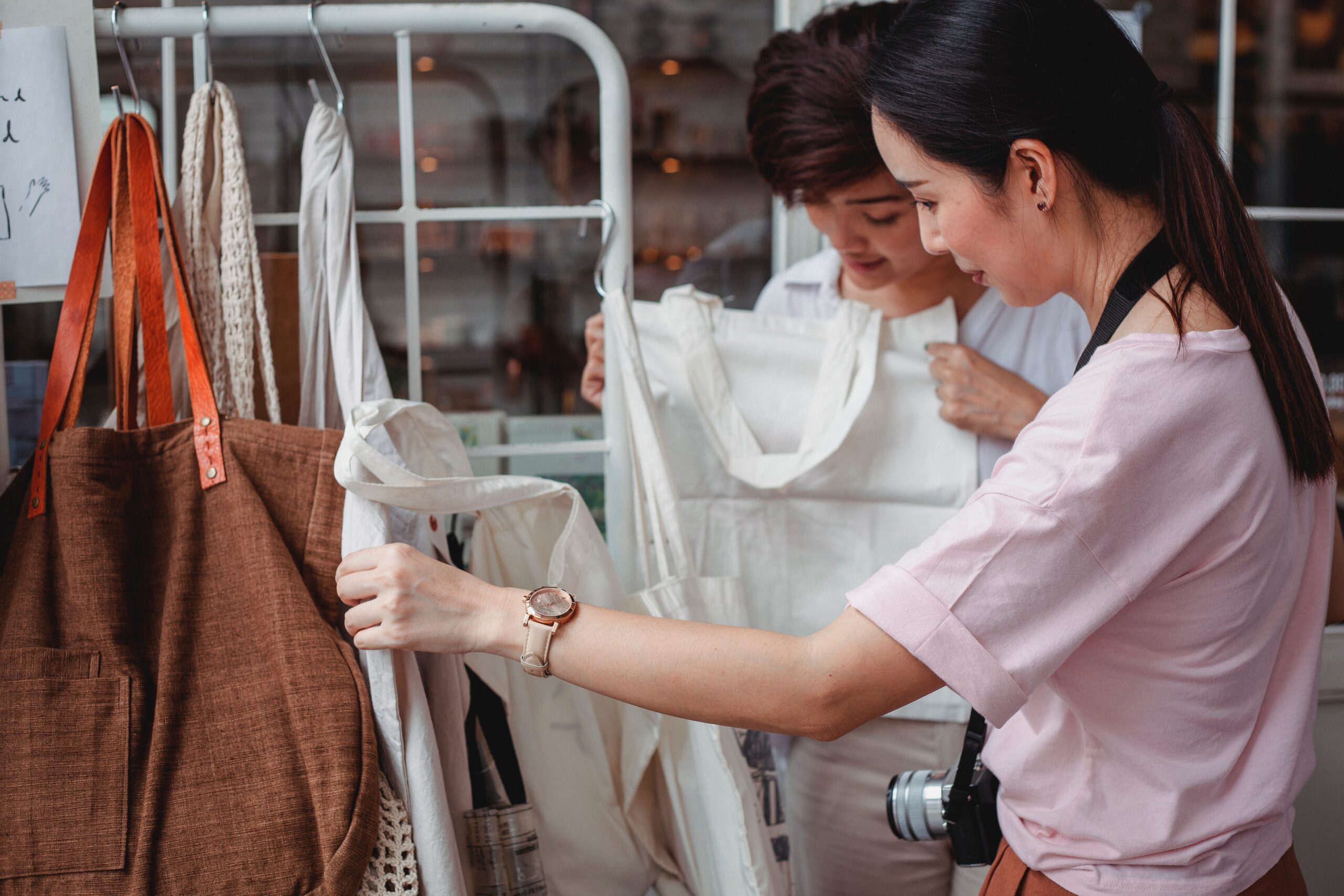In the third and final article of the series we explore data management, the benefits of having a clienteling solution, and offer a short summary of the topic.
Data management in clienteling
An ideal clienteling tool should provide a 360° view of customers as well as instant access to all customer, product, and inventory information, including customer’s recent interactions with the brand, types of journey and purchase history. Applying advanced analytics on top of a unified customer profile will provide the associate with best recommendations for a customer at the moment of interaction, ensuring that every touchpoint is met with the appropriate context. The expectation for personalization still holds when a customer makes an unexpected in-store visit. To achieve this, the following data input into the clienteling tool is indispensable:

- Accurate POS data
Retailers or brands who want to level up in terms of clienteling need a POS system that gives store teams easy access to comprehensive reporting tools. In a few clicks, store managers should be able to see who bought a specific product (size, color and quantity) and when, or drill drown to see trends within a single customer’s history.
- E-Commerce shopping history
Keeping a record of what a customer has purchased online isn’t as hard as tracking what they’ve purchased in a store. But it’s not easy to reconcile or merge customers’ e-commerce shopping history with their POS data. That’s because shoppers don’t always identify themselves, especially in stores. In spite of this, customers who use both channels to interact with your brand will still expect to be recognized in both.
Store associates should be able to quickly search and understand if an item was returned, if it was purchased once and never again, or if it’s a proven favorite of a given customer. Holistic picture of shoppers should be provided to associates so they can use each touch point to make a meaningful connection.
- Data collected by associates
Historical POS and e-commerce sales data can already provide abundant information. But true clienteling is much more than that. When does the customer get back from Europe? What product is she dying for that you don’t currently offer? Does she love texts, but hate emails? Your store teams should acquire this type of information over time, by asking questions and expressing a genuine interest in shoppers that goes beyond merely closing a sale.
If you can seamlessly add this information to the rest of your customer data repository, your clienteling efforts will truly take your retail experience to new heights. Store staff needs to continuously court shoppers and make them feel special by impressing, educating, and validating them. It’s impossible to do that with just a name, address, and a list of recently purchased items.
Benefits for retailers
The use of an in-store clienteling app is particularly effective as 80 percent of consumers still prefer to shop in brick-and-mortar stores rather than online. It is giving sales associates the power to identify the most loyal customers and target them based on their past purchases, preferences, needs and wants.
A clienteling app can access transactional and behavior data, allowing store associates to engage a customer with targeted offers. Clienteling also has the added benefit of enabling brands to capture activities in stores, building a complete omni-channel picture of customer behavior, and identifying the most valuable customers in order to tailor the services they receive.

Target has been on a mission to create a customer-focused environment with convenient digital solutions that blur the line between brick-and-mortar and online shopping. They are in the midst of remodeling all of its stores in a more customer-friendly layout and offers in-store pickup and subscription options. Since investing fully in customer experience, Target’s reputation and sales has been rising at a fast pace and most likely will continue to grow.
Summary
Clienteling was once a practice used exclusively by luxury retailers. In-store style advisers would keep a book of their most reliable, spend-happy clients, and establish long-lasting connections with them to maintain loyalty.
But in today’s competitive retail landscape, all shoppers expect to be recognized. Shoppers patronizing upmarket brands won’t stay loyal for less. So all brands or retailers, including those outside the luxury banner, must roll out strategic clienteling programs to ensure a top-notch retail experience in which no customer falls through the cracks.
Due to the instant gratification and personalization offered by e-commerce, shoppers’ expectations are changing faster than ever. Clienteling is necessary because it creates powerful and personal experiences that lead to customer loyalty. Therefore, although clienteling is still somewhat unique in retail, it’s a strategy that pays off for everyone who uses it.




